Tag: ICU
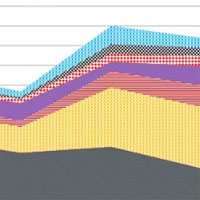
1 in 5 Patients Die within 90 Days After LVAD Implantation
The aim of the study was to analyze early mortality after continuous-flow left ventricular assist device (LVAD) implantation which remains high. In the EUROMACS registry, approximately 1 in 5 patients die within 90 days... read more

Relative Hyperglycemia Predicts In-Hospital Mortality in Critically Ill Patients
Unlike absolute hyperglycemia, relative hyperglycemia, as assessed by the stress hyperglycemia ratio, independently predicts in-hospital mortality in critically ill patients across the glycemic spectrum. Future studies should... read more

Critical Care Telemedicine: A Management Fad or the Future of ICU Practice?
Critical care telemedicine is a potential solution to the scarcity of critical care expertise, while quality and safe care can also be promoted through off-site surveillance, early warning capabilities, clinical decision... read more

The Faster Cooling Rate and More Stable Cooling Process in Endovascular Cooling Shorten Patients’ Time in ICU
This study conducted a meta-analysis to assess the effectiveness, stability, and safety of mild therapeutic hypothermia (TH) induced by endovascular cooling (EC) and surface cooling (SC) and its effect on ICU, survival rate,... read more
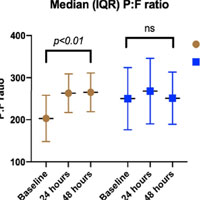
Clinically Significant Pleural Effusion in ICU
Clinically significant pleural effusion (PLEFF)—defined by a depth greater than or equal to 2 cm in a drainable location on thoracic ultrasound together with a potential adverse effect on patient progress—was detected... read more

Should We Treat Fever in Critically Ill Patients Without Acute Brain Pathology?
In one of the sessions at #LIVES2019 in Berlin, Prof. Frank Van Haren of Canberra Hospital, Australia, presented findings from the Randomised Evaluation of Active Control of Temperature versus Ordinary Temperature Management... read more

ICU Bloodstream Infections Reduced by 80 Percent
Bloodstream infections acquired in UK Intensive Care Units (ICUs) reduced by 80% between 2007 and 2012, according to research funded by Biomedical Research Centres (BRC). The findings are based on data collected from over... read more

Early Identification of Disease Progression in Patients with Suspected Infection Presenting to the ED
In patients presenting to the emergency department (ED) with a suspected infection, the blood biomarker MR-proADM could most accurately identify the likelihood of further disease progression. Incorporation into an early sepsis... read more
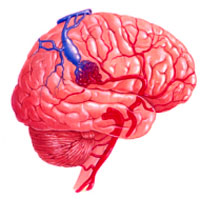
Glucose Variability as Measured by Inter-measurement Percentage Change is Predictive of In-patient Mortality in Aneurysmal Subarachnoid Hemorrhage
Reduced glucose variability is highly correlated with in-patient survival and long-term mortality in subarachnoid hemorrhage (aSAH) patients. This finding was observed in the non-diabetic and well-controlled diabetic patients,... read more
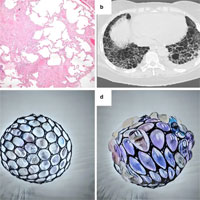
Ventilatory Support and Mechanical Properties of the Fibrotic Lung Acting as a “Squishy Ball”
The management of the patient with lung fibrosis in the ICU is a challenge for the intensivist. The lack of studies defining the mechanical ventilation strategy, and the different underlying etiologies, make it difficult... read more
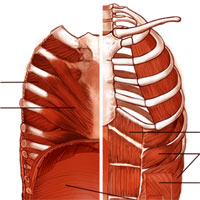
Expiratory Muscle Dysfunction in Critically Ill Patients
The expiratory muscles are the "neglected component" of the respiratory muscle pump. Rather as the heart does not comprise only a left ventricle, but also a right one, the respiratory muscle pump is much more than just the... read more
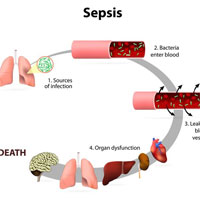
A Team Response to a Potential Killer: Sepsis
Our bodies are very good at fighting infection. The immune system reacts and attacks bacteria and viruses that make us sick. But sometimes the immune reaction is so strong that it damages the body. This is called a septic... read more
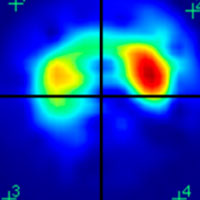
Prone Positioning Monitored by Electrical Impedance Tomography in Patients with Severe ARDS on VV-ECMO
Prone positioning (PP) during veno-venous ECMO is feasible, but its physiological effects have never been thoroughly evaluated. Our objectives were to describe, through electrical impedance tomography (EIT), the impact of... read more

AKI Epidemiology, Risk factors, and Outcomes in Critically Ill Patients 16-25 Years of Age Treated in an Adult ICU
Using the KDIGO criteria for both serum creatinine and urine output to define acute kidney injury (AKI), 39.8% of patients between the ages of 16–25 met AKI criteria during admission to an adult tertiary care center, indicating... read more




